"Racing Stars tells the story of a contest of boating enthusiasts in the Star class of sail boats. The Star is used primarily for racing, is about 23 feet long, has a keel with a 900 pound weight at the bottom, and carries only two sails, a main and a jib. Standards assure similarity of boats, of which there are about 5000 in all parts of the world. An animated diagram shows how Star boats follow the prescribed course in a contest An excellent commentary with superb photography keeps this picture moving with never a let-up, and any landlubber can smell the sea air by the time the picture ends" PSA Journal, Sept. 1964, 50.
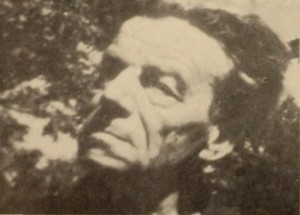
"In this dramatization of James Whitcomb Riley's well known poem for children, Andy Potter chose a perfect character for the leading role. It is his fine acting that bolsters the spirit of the story and outweighs the uneven exposure of a few early scenes. Imaginative camera viewpoints and an interesting musical score give pace to what might have been a tritely sentimental production. Suspense is maintained where it is needed, and the settings, both indoors and out, have been chosen with an eye for variety. Quotes from the poet's verses serve as titles. The Raggedy Man is a sensitive portrayal of childhood pathos and drama." Movie Makers, Dec. 1949, 455.
"A boy and his dog - the love, companionship and understanding between these two develop a deep bond. When the bond is broken, it is as though a part of life is gone. The fruitless search, the unanswered prayers take the spark out of a lively little boy. Even an appealing puppy substitute does not fill the gap for him, but does compensate a heartbroken little girl who has to give up the dog she has "found" and returned to his delight master" PSA Journal, Oct. 1963, 39.
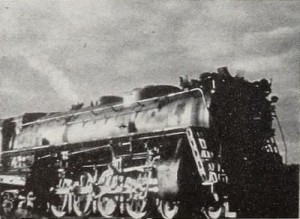
"Railroads Speed the Freights, filmed by T. W. Willard, is a compact industrial picture that presents its story with the maximum of effectiveness. The technique of operating our country's vast railway freight system is clearly summarized; the audience learns the methods employed in sorting, loading and routing freight cars and, in the process, sees some especially handsome movies of railroading. Particularly impressive are the dissolves from the shot of one moving freight train to another. Mr. Willard carefully studied the relationship of motion in the successive scenes and produced a sequence of dissolves, unmatched in cinematic effect. The series is climaxed by a scene of one train passing through the picture, which dissolves to a shot of another train racing almost head on toward the audience. The outstanding quality of this picture is its completeness and suavity, achieved with a minimum of footage and the smallest practical unit print charge." Movie Makers, Dec. 1942, 507.
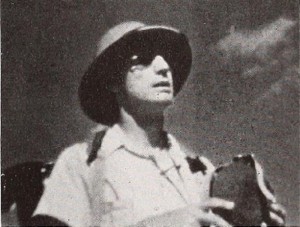
"Rainbow Fantasy, in the words of Charles C. Hammack, is "an attempt to produce — not a conventional travelog — but more a story of adventure, a hiking adventure to what is probably one of the least visited of our national monuments, Rainbow Bridge, in southeastern Utah." In achieving this goal, Mr. Hammack has been largely and creditably successful. For him and his young wife, Rainbow Bridge takes on the aura of a lost horizon, a Shangri La protected from the outside world by the blistering desert heat and the brutal desert rocks. He brings this overtone of feeling to his film, both through his imaginative camera treatment of the subject and the intentionally dramatic acting of the two travelers. Mr. Hammack's is a new name in Ten Best competition, but it is one which we believe will be heard again."Movie Makers, Dec. 1943, 478.
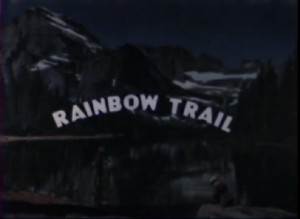
"It takes a good deal of ability to treat fishing cinematically. It takes still more ability to approach the subject with humor and yet avoid the ludicrous. O. L. Tapp has bypassed both pitfalls in his Rainbow Trail, a beautifully paced, short film that catches the fun of all fishing trips but still makes its point that the angler's life is not all sweetness and light. Mr. Tapp precedes the body of his film with several short shots and titles, all of which indicate a candid view of a fisherman's veracity. The succeeding footage illustrates his thesis, as he (thin, awkward) and a companion (stout, capable) undergo the rigors of stream fishing. That a reviewer can sum up the characteristics of the two men in two adjectives is an indication of the excellent casting and direction which distinguish Rainbow Trail." Movie Makers, Dec. 1948, 491.
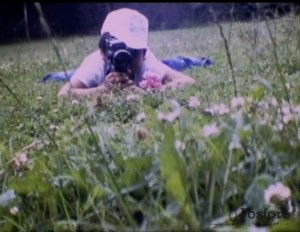
Un pequeño niño muestra un letrero que dice “Rally-Cine”. Al interior de un automóvil el niño empuja a una niña y destruye el letrero. Después empieza a jugar con una pelota, y regresa para empezar a jugar con la cámara. Hace algunas tomas de elementos naturales y continúa jugando con la cámara junto con la niña, quien eventualmente toma la cámara mientras el patea la pelota lejos de ellos.
A small kid shows a sign that says "Rally-Cine" [Film Rally]. Inside a car he pushes a little girl aside and tears apart the sign. He then starts playing with a ball he finds in the car, and then returns to play with a camera. He takes some shots of things in nature, and then continues to play with the camera along with the little girl, who eventually takes the camera while he kicks the ball away.
"Ramblings Around Sydney, by James A. Sherlock, ACL, is a carefully planned and photographed motion picture study of a city, a happy example of what care and cinematic sensitivity can do for this type of subject. Although Mr. Sherlock did not commit himself to any strong continuity theme, the picture yet has a delicate cohesiveness that defied the best efforts of the earlier amateur movie makers. Outstanding are the filter shots, the shots made of city streets in the rain and the night scenes. Throughout there is a careful choice of camera viewpoint which succeeds in revealing many aspects of the city in relatively short footage. The whole is welded into an enjoyable subject that would entertain any audience." Movie Makers, Dec. 1934, 547.
Film record of a cattle roundup at Paicines Ranch in California.
Total Pages: 299